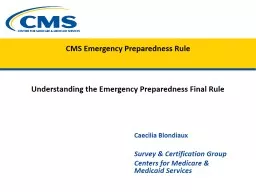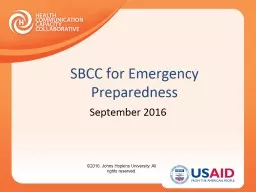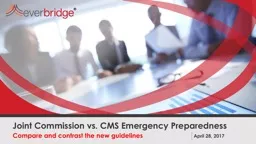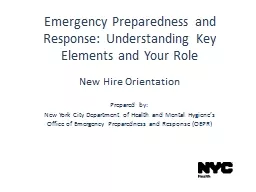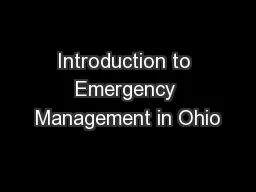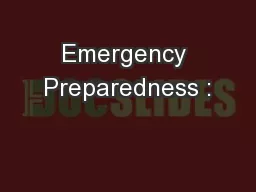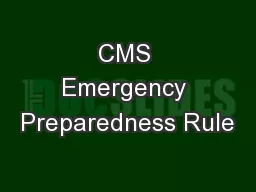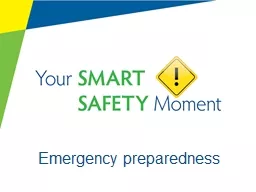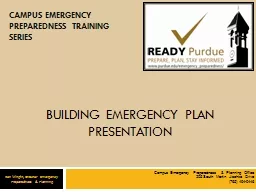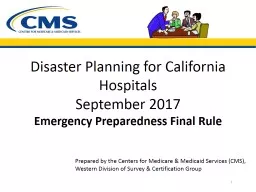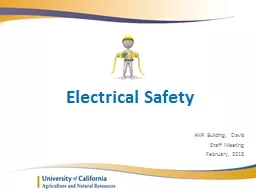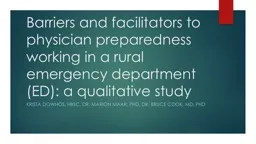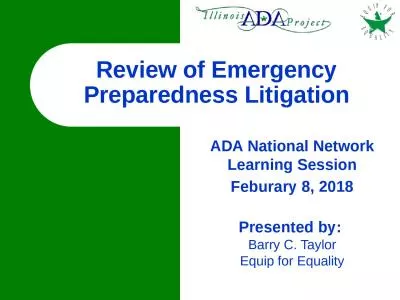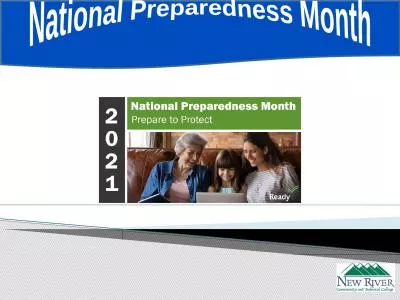PPT-CMS Emergency Preparedness Rule
Author : easyho | Published Date : 2020-06-16
Understanding the Emergency Preparedness Final Rule Caecilia Blondiaux Survey amp Certification Group Centers for Medicare amp Medicaid Services Final Rule Medicare
Presentation Embed Code
Download Presentation
Download Presentation The PPT/PDF document "CMS Emergency Preparedness Rule" is the property of its rightful owner. Permission is granted to download and print the materials on this website for personal, non-commercial use only, and to display it on your personal computer provided you do not modify the materials and that you retain all copyright notices contained in the materials. By downloading content from our website, you accept the terms of this agreement.
CMS Emergency Preparedness Rule: Transcript
Download Rules Of Document
"CMS Emergency Preparedness Rule"The content belongs to its owner. You may download and print it for personal use, without modification, and keep all copyright notices. By downloading, you agree to these terms.
Related Documents

